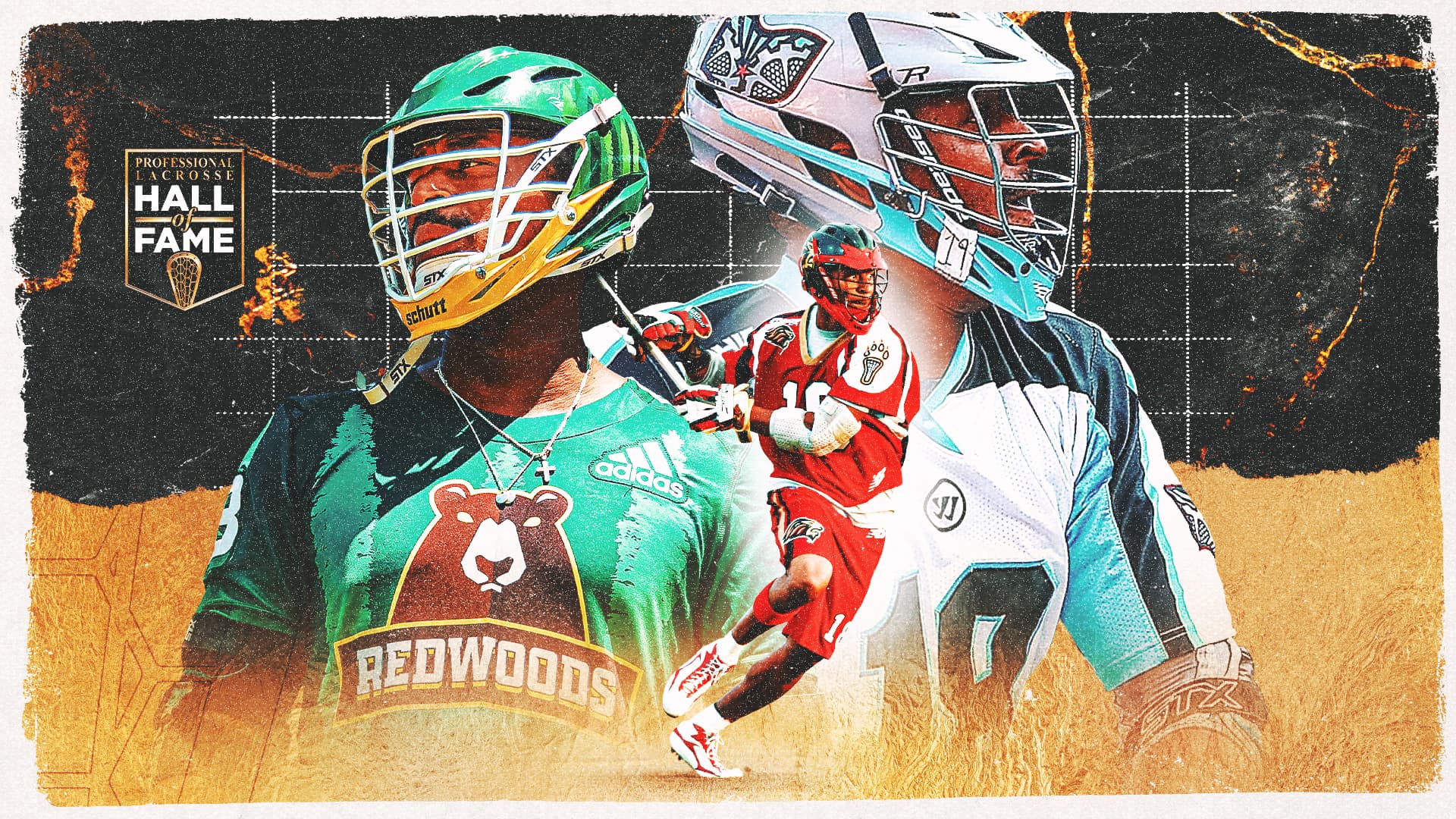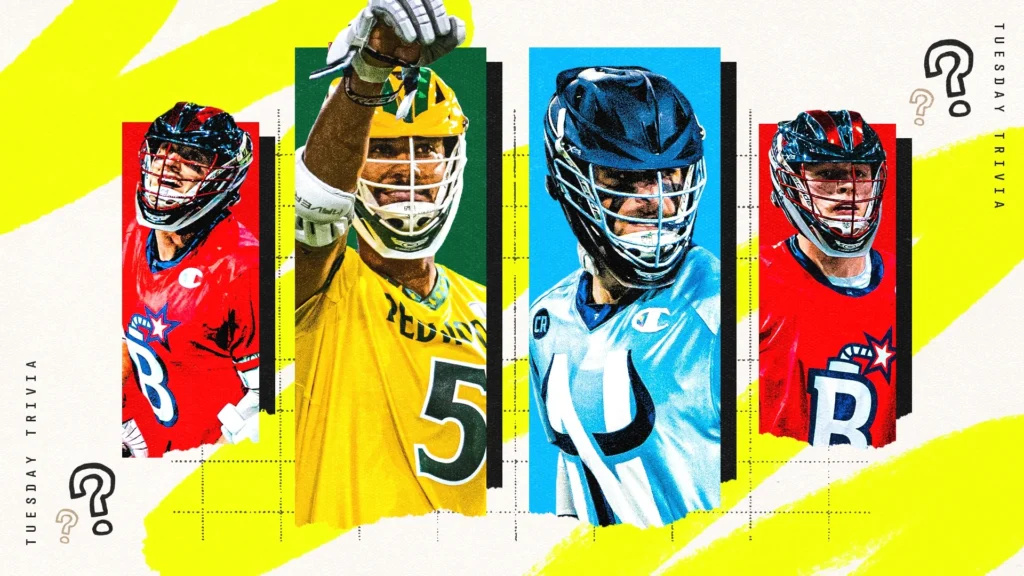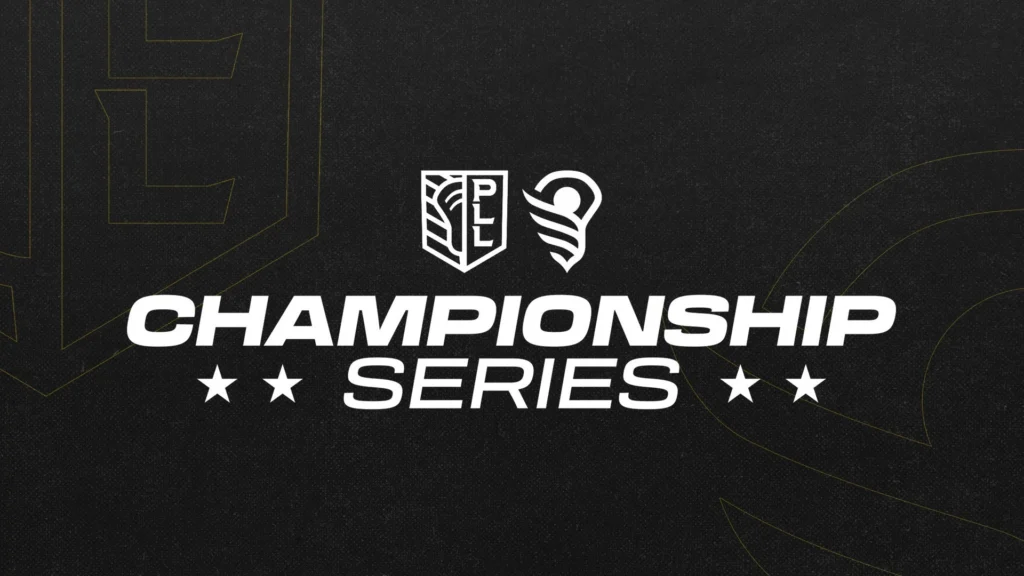The spring of 2005 was a magical one for Kyle Harrison. It was his senior year at Johns Hopkins, and after several seasons coming up short, not only did he help the Blue Jays win their first championship since 1987, but the season-ending victory over Duke capped off an undefeated season. Harrison led Hopkins in goals, assists, points and ground balls while also winning 60.9% of his faceoffs; for his efforts, he won the Tewaaraton Award.
He was a breathtaking player to watch, utilizing an array of moves – including a split dodge that left defenders frozen and a picturesque jump shot that could have been used as a logo – to not only succeed on the field but also be the subject of numerous highlight reels on YouTube.
The summer of 2005, his rookie season in professional lacrosse, was less memorable for Harrison, however. He would need to bring back those moves and add some new ones in order to gain confidence at the next level, but they propelled him to a career that now culminates with an induction into the Professional Lacrosse Hall of Fame.
Harrison was taken first overall in the MLL by the New Jersey Pride. His first eight games with the Pride were all losses. New Jersey won its final game of the 2005 season, a 16-12 victory over the Philadelphia Barrage, but Harrison failed to tally a single point in the game, though he did pick up five ground balls.
Despite it being his first victory in the pros, the game – and that season – is all a blur to Harrison.
“That year, for me, was such a whirlwind,” he said. “Even that season was just exhausting from the standpoint of you put everything you have to try and win a national championship your senior year, especially given how our class came in there as the number one ranked recruiting class, and we hadn’t won anything, so there was so much energy that we put into making sure this thing ended the right way. Then, I rode that right into the MLL Combine, and then right into Team USA tryouts, which were an absolute nightmare. At UMBC, three days, three games a day, staying in the dorms, rolling out and playing a game. That was misery. And then right into the season. I’m pretty sure the reason that game doesn’t stick out in my head is I was just so thrilled there was a break coming up.”
Harrison admitted it took a couple of years for him to figure out his role on the team and what he would be able to do in the pros. He craved moments that boosted his confidence and reinforced that he could play at that level.
It wasn’t until the penultimate game of the 2006 season that Harrison truly found his footing, and it was thanks to one of the moves that made him famous: his split dodge that emulated a crossover in basketball.
The Pride were taking on the Long Island Lizards. Harrison said he went into the game thinking, “At some point, I have to prove I’m supposed to be here, with these dudes, and not just be here, but I’ve got to impact the game in a meaningful way.” In the first quarter, Harrison twice did his left-to-right crossover split dodge, and he scored off the move both times.




